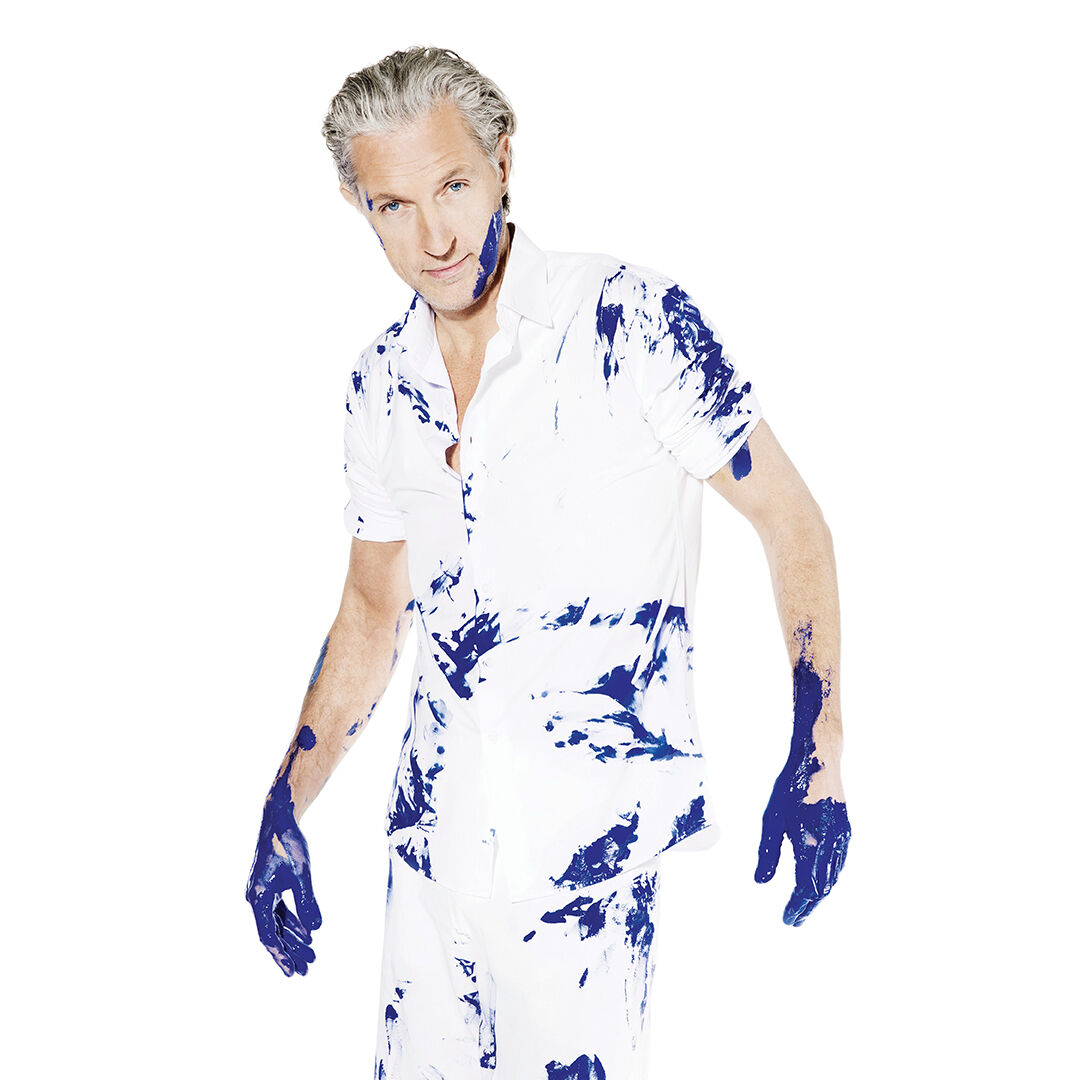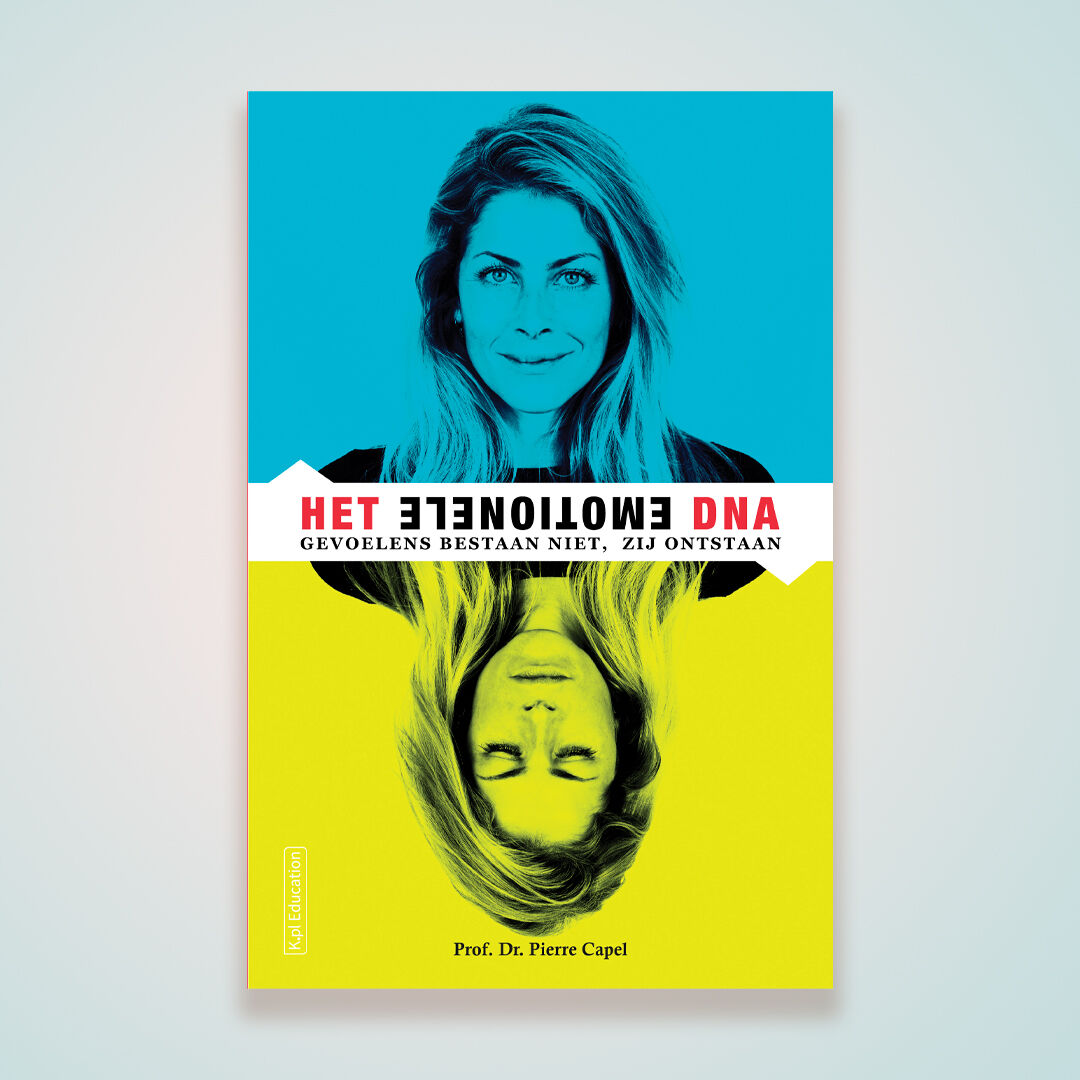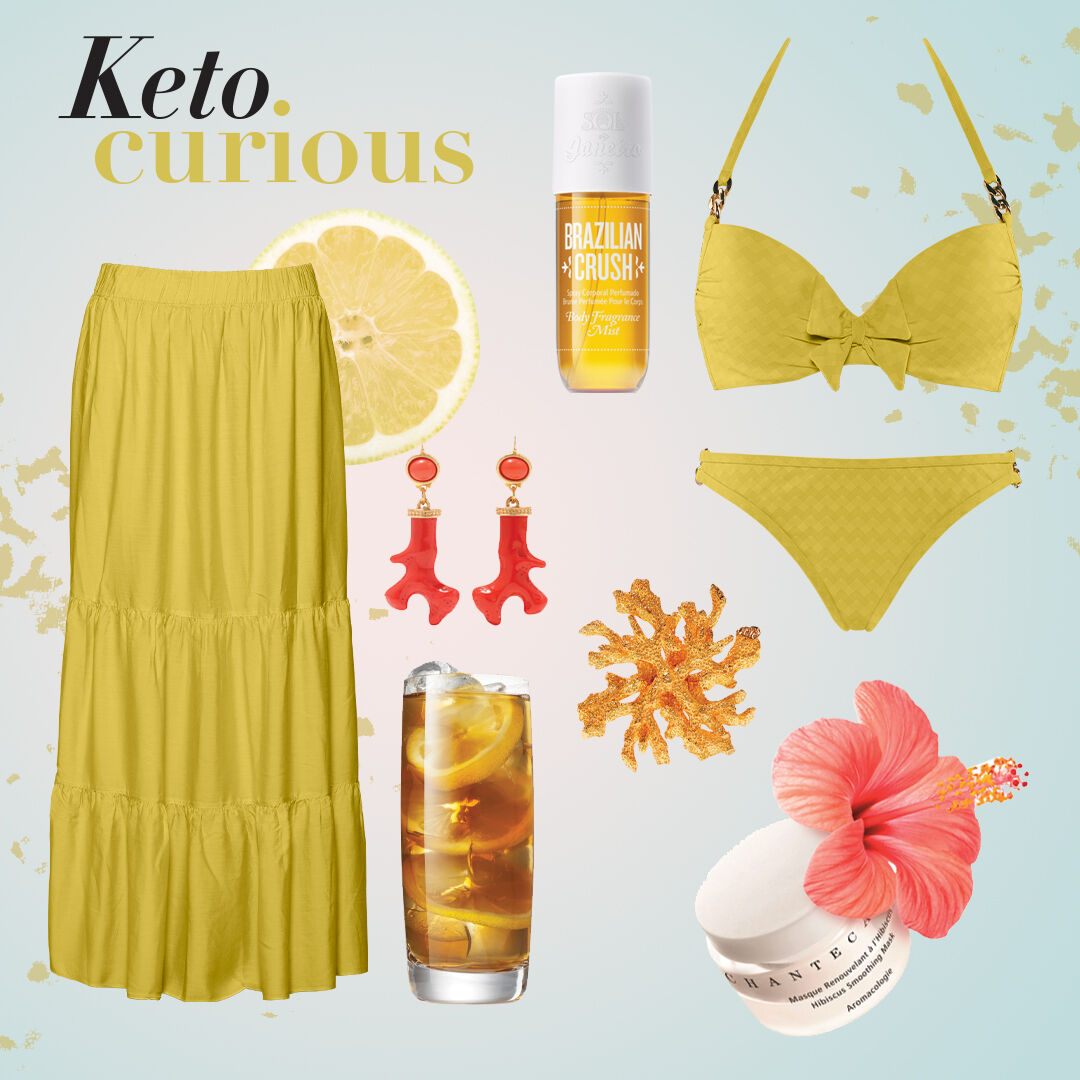A world of wanders – Marcel Wanders
From his famous ‘knotted’ chair to in-fl ight tableware and multi-sensory hotel interiors, Dutch designer Marcel Wanders’ creations are not just smart, but also fun, fantastical and romantic. (He even designed a fabulous pregnancy testing kit!). Through them, he has touched the hearts and minds of people worldwide for over 30 years, including mine. Time for a heart-to-heart with ‘the Lady Gaga of design’.
Marlies: Marcel, we have been friends for a long, long time.
Marcel: Please, let’s not do the math! (laughs)
Marlies: Well, I am pleased to finally sit down with you for a proper interview. As a woman, I experience everything you design, be it a table or an entire hotel interior, as very pleasant and inviting. Much more so than designs that are more traditionally ‘masculine’. What do you think? Can we even speak of ‘feminine’ and ‘masculine’ design?
Marcel: For the longest time, our concept of ‘design’ has been rooted in the minimalism and functionalism of the Bauhaus movement of the 1930s, an extremely rational, masculine period.
Marlies: There was no room for intuition.
Marcel: Exactly. Now, looking at the world of architecture during that same era, you see that architects slowly became less and less involved in every brick-and-mortar aspect of building the exterior and started claiming also the interior, an area that had hitherto been ruled by phenomenal female designers like Elsie de Wolfe. These women had a distinctly feminine, socially involved signature; selecting gorgeous wallpaper, personally hanging frilly curtains. They were fully aware of the fact that your taste could define your social status.
Marlies: And into this romantic space, the dominant male designers came barging in…
Marcel: Yes, we now had these two, diametrically opposed design worlds: masculine and feminine. And by the time I started studying design, in the early 1980s, the feminine design style had been marginalized, pushed aside by all that male dominance. Still, I somehow felt the urge to position myself smack in the middle of these worlds with my humanistic designs. And so, my interior projects were colorful, intuitive, warm. I wasn’t afraid to design special wallpaper and rugs, to arrange curtains and little pillows. Let me tell you, back in the day, when you did things like that as a male designer…
Marlies: You were considered eccentric.
Marcel: Or simply insane! (laughs) For many years, Philippe Starck and I were the only 2 designers straddling these 2 disparate directions, while getting bashed from both sides. Which, I guess, is all part of the deal!
Marlies: You and Philippe Starck have obtained rock star status. They even call you ‘the Lady Gaga of design’. Do you think that the two of you are the forerunners of people like Virgil Abloh and Rihanna; visionaries who are now hired by fashion behemoths like LVMH to give color and engagement to fashion design?
Marcel: Well, the difference is that they are ambassadors, rather than designers.
Marlies: They readily admit that! Virgil says: “I can’t design.” But it’s all about their personal vision.
Marcel: I agree. For me, as a designer, there has always been the awareness that when I put my name on product, it should add surplus value. Meaning that I may design a perfectly functional glass, but if the consumer googles my name and doesn’t click with my persona, the glass is not going to work for him. A Marcel Wanders glass is an expression of who Marcel Wanders is.
Marlies: We have mentioned the word ‘romantic‘ several times. I’m afraid that we are entering a very ‘unromantic‘, digital era. How do you feel about that?
Marcel: I think high-tech and romance can go hand in hand. Most of the apps I am using are actually quite romantic. Take social media like Facebook and Instagram; they allow me to take a very intimate peek into someone’s life. I see people showing a different side of themselves, which makes them more endearing to me, more human.
Marlies: That’s a romantic way to look at it! What major changes and developments do you see in the way we create our homes? What does the house of the future look like?
Marcel: 20 years ago, I was convinced that the world would become more individualistic, and consequently, our accommodations more outspoken. But so many changes have taken place! People have become more mobile; they move between cities and even countries. They buy their homes as an investment, a commodity that they need to be able to sell again quickly or rent out at any moment. Take this whole Airbnb thing! Could you have imagined 10 years ago that it would be normal one day to regularly have strangers staying in your house?
Marlies: And lying in your bed!
Marcel: Next to a picture of your children! (both laugh). But it has happened, and instead of homes becoming more personal, they have become more neutral. Especially the heavy elements within the house. For example, if your entire kitchen is orange with purple dots, it may be a turn-off for the renter, and it’s definitely going to be a problem for the next owner who has to tear the whole thing down. Movable items, such as paintings or furniture can be more flamboyant, and this is where people will still freely express their taste.
Marlies: Ultimately, how do you see your role as a designer?
Marcel: As a very big responsibility. We shape our environment, build a relationship with it, and in return, our environment shapes us. So why not create an environment of love, where people can live with passion and make their most exciting dreams come true?
Marlies: I can’t think of a more beautiful conclusion. Thank you, Marcel!
Get a taste of Marcel’s work and world at www.marcelwanders.com.
MD Friends
Building bridges
From the Erasmus Bridge and the Mercedes-Benz Museum to Qatar’s metro network; Ben van Berkel’s iconic landmarks bring people together in rapturous beauty, again and again. I talked with the Dutch architect and educator about sensuality, ‘healthy’ buildings and the remarkable parallels between our designs.
MD Friends
More than a feeling
Don’t ignore your emotions; they are much more powerful than you can imagine. By linking the magical world of emotions with hard science, Dutch scientist Pierre Capel, professor emeritus in experimental immunology, shows us the consequences of our feelings and the power of our minds. The message: we can do much more than we think. “Meditate. It’s the single best thing you can do for your health.”
Marlies Says
Keto curious?
The fact that I feel bikini-confident all year round is, of course, a nice bonus. But for me, the biggest payoff of following the keto diet is the way it optimizes my health and gives me tons of energy.
Marlies Says
Super (skin) food
‘If you can’t eat it, why put it on your skin?’. I pretty much live by this beauty adage. After all, with your skin being one of your body’s largest organs, anything – and I mean anything! – you put onto your skin will end up in your bloodstream.











